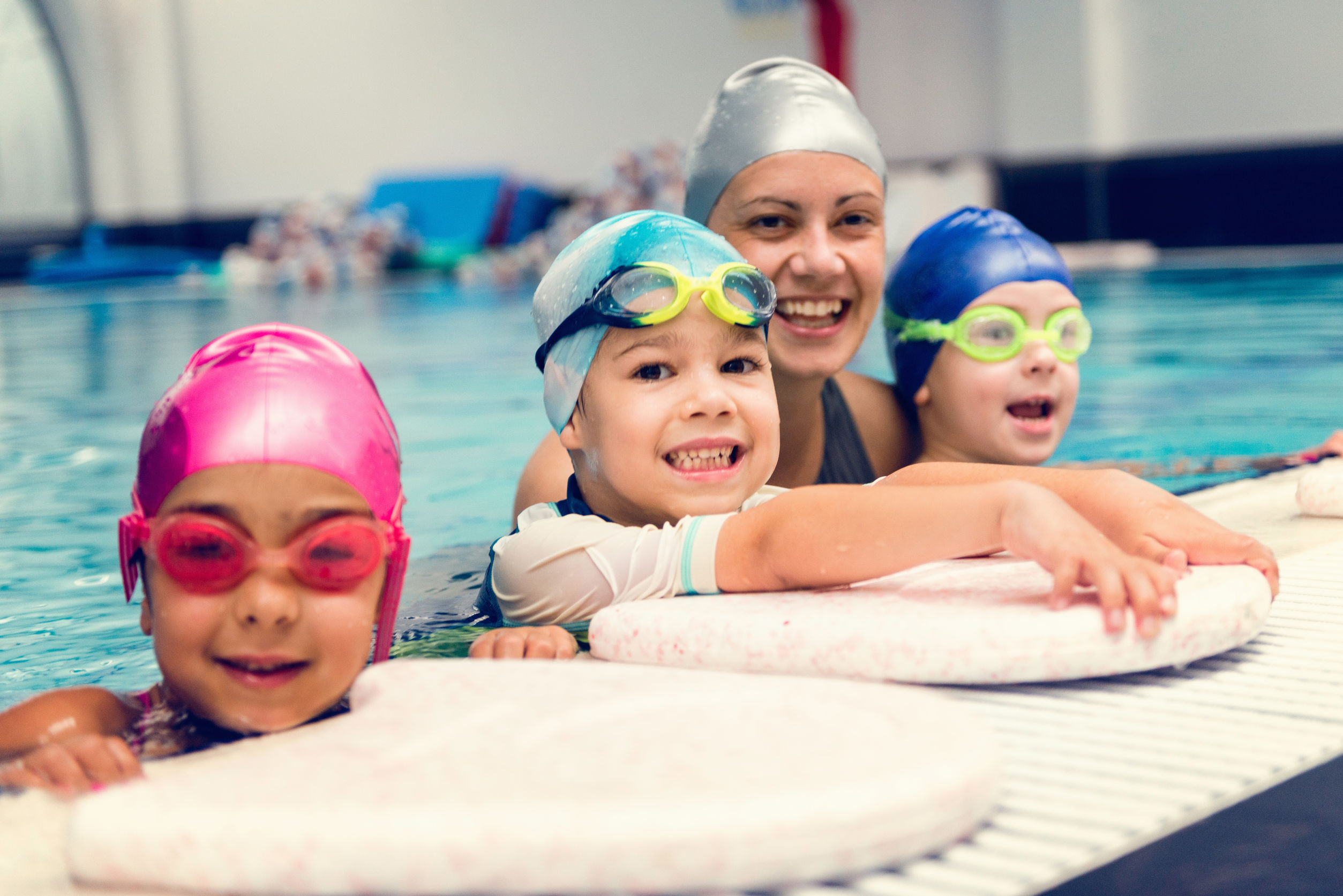There is a distinct difference in saying we prioritize child safety and putting effective policies in place to protect children from sexual abuse. In order to create an environment where children are safe from abuse we must face the uncomfortable reality that the people who are most likely to sexually assault a child are the people we believe we can trust with children.
What Doesn’t Work to Protect Children from Sexual Abuse
- Trusting people based solely on their reputation or authority
- Assuming schools and programs for children take comprehensive steps to protect children
- Treating ‘stranger danger’ education as an effective sexual abuse prevention strategy
- Not talking about sexual abuse with children to avoid scaring them
the most prolific predators are often very well respected and trusted
Those that perpetrate sexual abuse do not fit into any stereotypical demographic, in fact, the most prolific predators are often very well respected and trusted by their peers and the families whose children they are trusted with. The power given to these ‘elite’ predators only serves to continue a steady stream of victims, discourages disclosure from victims, and deters colleagues and other protective adults from reporting.
What Does Work
- Being open and expecting others to behave in a way that reduces opportunity for abuse
- Requesting information on screening of employees/volunteers, training for abuse prevention, policies to reduce risk and protocol for reporting
- Accepting that the greatest risk to children will come from those who they know
- Educating children to understand their bodies, and the concepts of consent and personal responsibility for one’s action
As protective adult’s it is our goal to minimize opportunity for abuse so that children are not put into a potentially abusive situation, and discourage potential perpetrators by speaking up when we witness a situation or behavior that makes us concerned for the safety of children.





